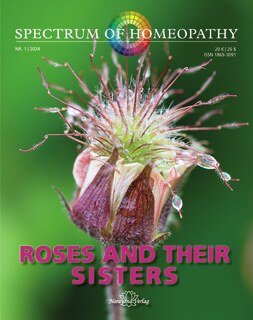Wishlist
 Wishlist
Wishlist
A wishlist is a personal list of books that you'd like to have. Friends and family can find the perfect present for you with this list.
How to create a wishlist?
When you are registered on www.narayana-verlag.com you can create your personal wishlist. To add books to your wishlist search for a book on our website. On the detailpage of the book click on the button "Add to wishlist".
How to share your wishlist with family and friends?
On the page with your wishlist the internetaddress which you can share with friends and family is clearly marked. With this address anybody can read your wishlist but of course only the owner can change the items in the wishlist.








